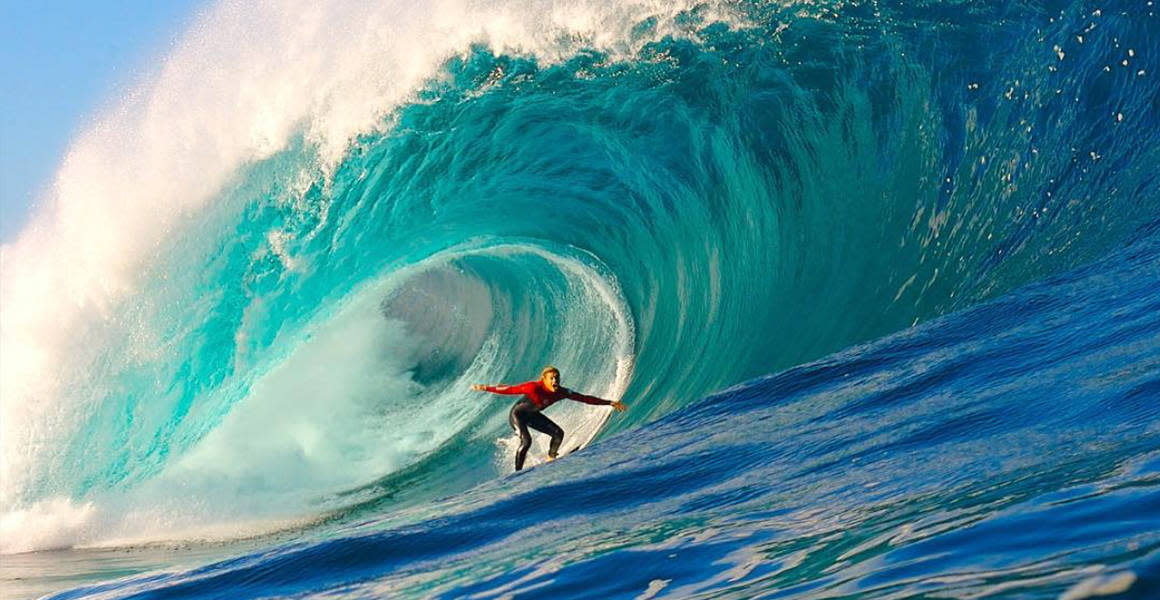The Curated News Hub
Your daily source for diverse news and insights.
Surfing: The Art of Riding Waves and Taming Fears
Master the waves and conquer your fears! Discover the thrilling art of surfing and unlock your inner wave rider in our latest blog.
The Science Behind Wave Riding: Understanding Ocean Dynamics
The science behind wave riding begins with an understanding of ocean dynamics, which involves the movement of water caused by various factors, including wind, gravity, and the Earth’s rotation. Winds create surface waves through friction, transferring energy from the atmosphere to the ocean. As these waves travel, they can grow in size and strength, influenced by the depth of water and the distance they cover. This process, known as wave propagation, is essential for surfers to understand, as it helps predict when and where the best waves will form.
Additionally, factors such as fetch, which is the distance over water that the wind blows in a single direction, play a crucial role in wave development. Longer fetches allow waves to build up more energy, resulting in larger and more powerful waves. Moreover, ocean floor topography can also impact wave shape and direction, creating ideal conditions for riding. Surfers utilize this knowledge of ocean dynamics to identify spots with optimal wave conditions, enhancing their wave riding experience significantly.

Overcoming Fear in Surfing: Tips and Techniques for Beginners
Surfing can be an exhilarating yet daunting experience, especially for beginners who may feel overwhelmed by waves, strong currents, or the vastness of the ocean. To overcome fear in surfing, it's essential to start with the right mindset and preparation. Begin by familiarizing yourself with the surf environment; spend time observing experienced surfers and understanding the dynamics of the ocean. Gradually build your confidence by taking smaller steps, such as practicing balance on a stationary board or paddling in calm water before venturing into the surf. Setting realistic goals for each session will help you to manage your fears while celebrating your progress.
Another effective technique to overcome fear in surfing is to focus on your breathing. Anxiety can lead to rapid, shallow breathing, which may worsen fear. Instead, practice deep, controlled breaths to maintain calmness and clarity before entering the water. Additionally, consider seeking support from fellow surfers or instructors, who can offer encouragement and guidance. Remember, every surfer, no matter how experienced, has faced their own set of fears. By embracing the learning process and respecting your own pace, you can confidently ride the waves and transform your fears into thrills.
What Gear Do You Really Need for Surfing? A Complete Guide
When it comes to surfing, having the right gear can make all the difference between an enjoyable day on the waves and a disappointing experience. At the core of your surf gear is, of course, the surfboard. Depending on your skill level and the type of surfing you plan to do, you may need a shortboard, longboard, or even a fish board. Additionally, a comfortable wetsuit is essential for maintaining your body temperature in cooler waters. For warmer climates, a rash guard can offer sun protection while allowing for maximum mobility.
In addition to the main components, there are several other items that are important to consider:
- Leash: A surf leash keeps your board attached to you, preventing it from drifting away after a wipeout.
- Wax: Surf wax is crucial for providing grip on your board.
- Fins: Depending on your surfboard, you may need removable fins for better maneuverability and performance.
- Accessories: Don’t forget essentials like board bags, sunscreen, and surf booties for added protection.